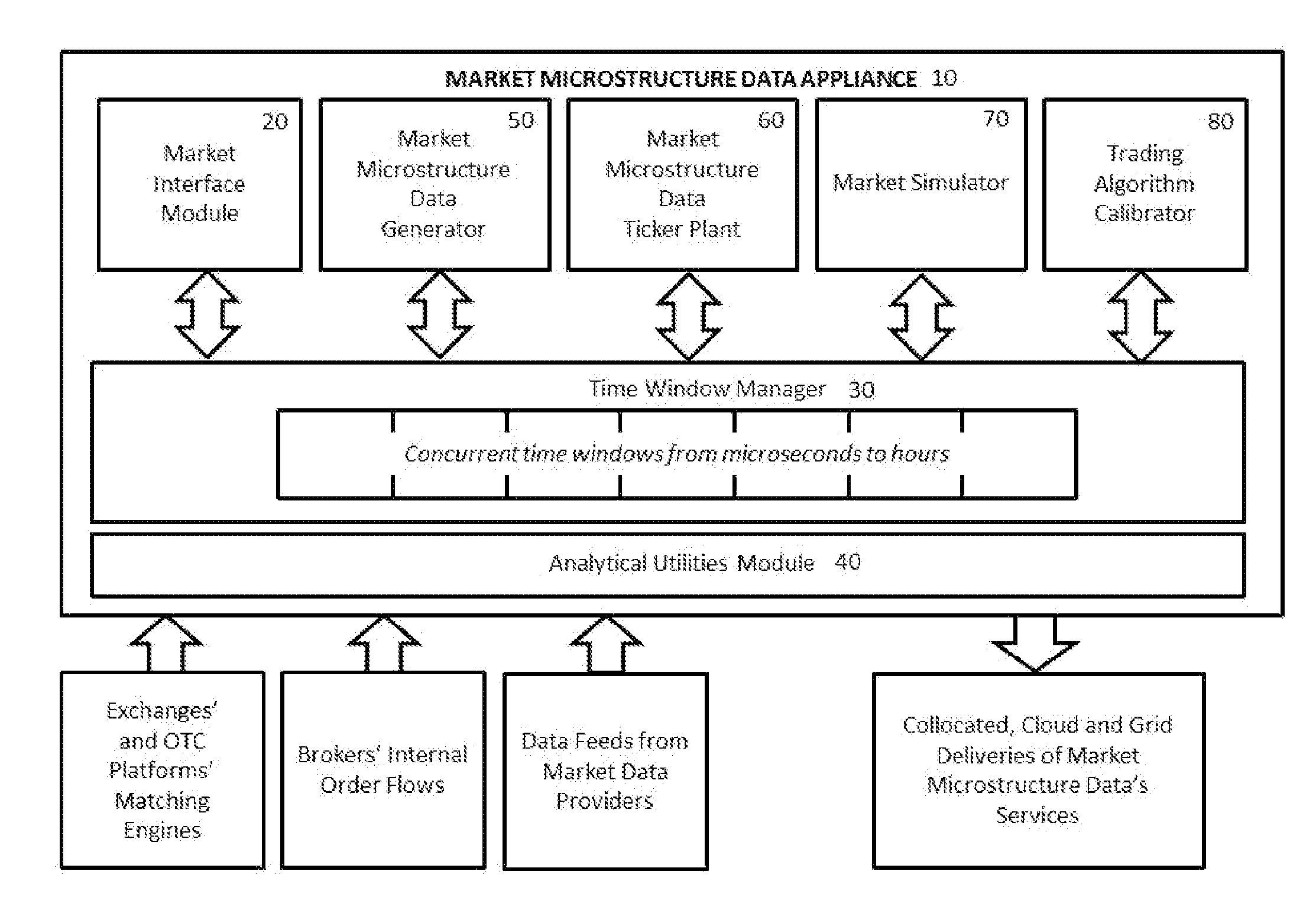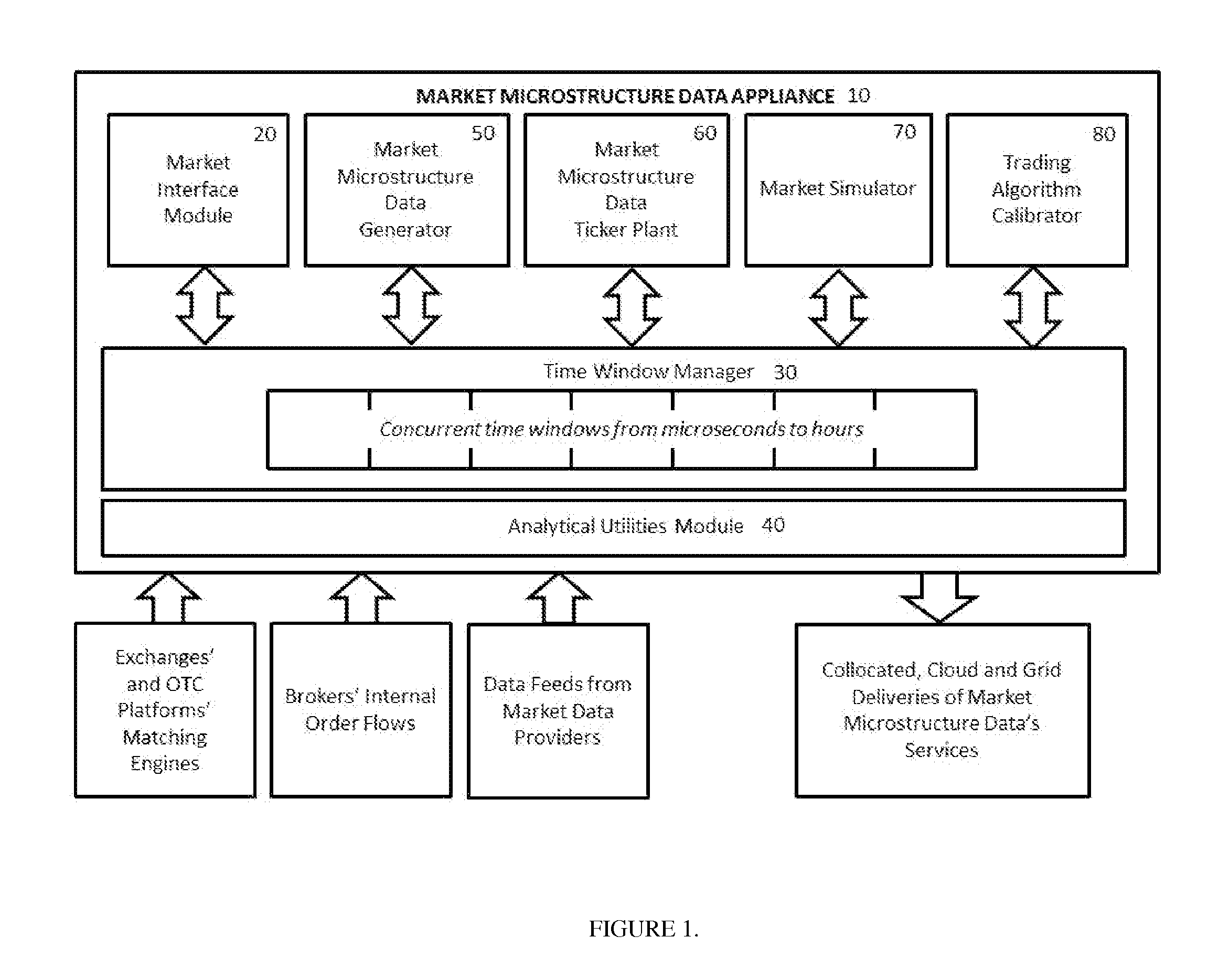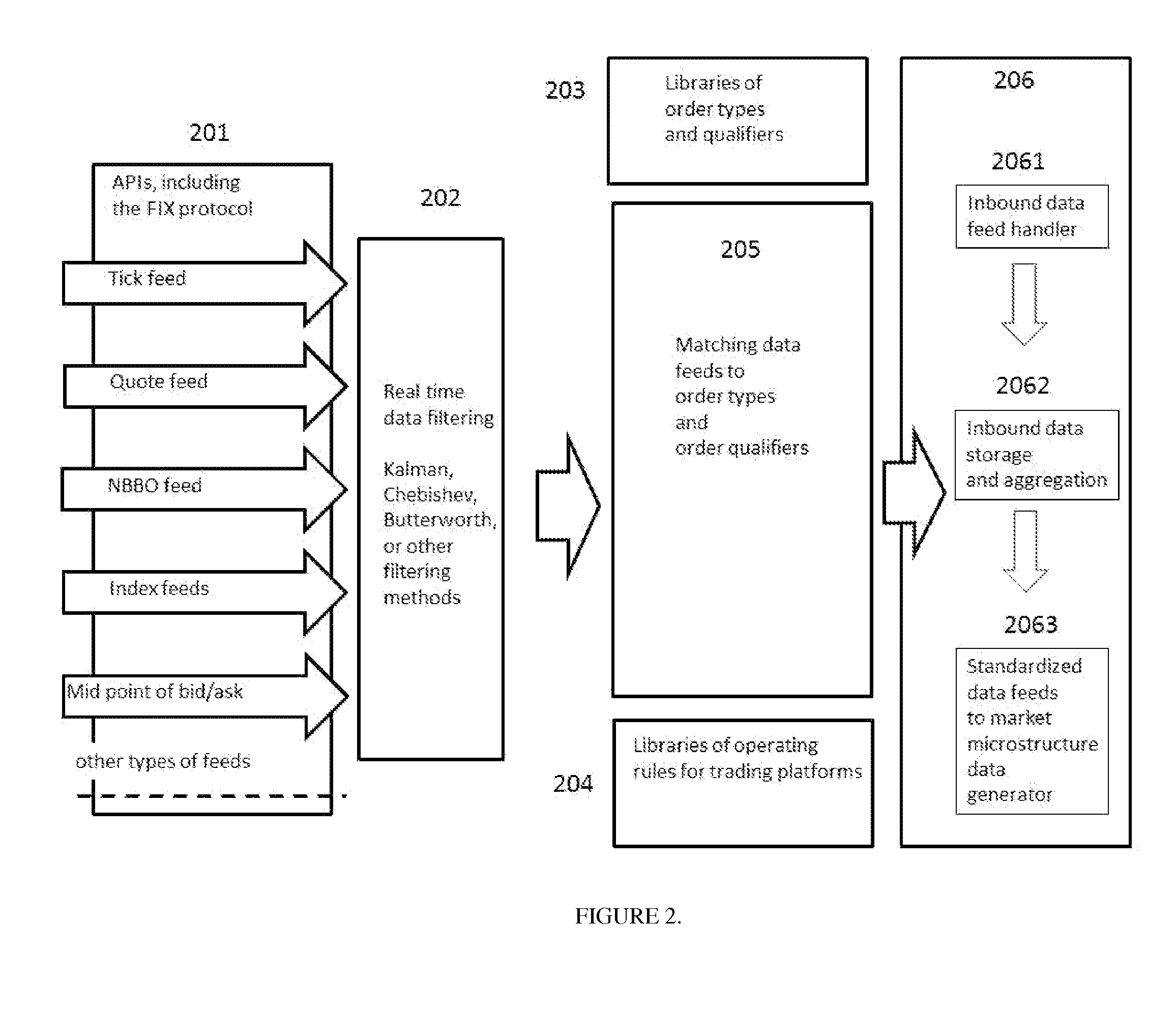The market order is an order to transact a pre specified number of shares at market price, which will cause an immediate execution, but are subject to price
impact.
A key challenge in devising entry and exit points to order books is the
estimation of the size of hidden limit orders that are not shown in the order book, as well as the
estimation of the traffic of market orders by traders who remove liquidity from the order book.
Short and longer term volatilities may exhibit a scalable and typically nonlinear relationship among these different time horizons.
Higher latencies make the prospects of capturing and executing trading opportunities within short term horizons difficult.
Trading with such strategies at highly volatile markets often causes substantial slippage and missing the target price for filling the order, also referred to as implementation shortfall.
Consequently, DMA services and broker / dealers spend considerable effort to come up with algorithms to minimize this shortfall.
Highly liquid markets with relatively smaller fluctuations in volumes often exhibit high short-term volatilities.
When trading a given contract for long / short positions, this short-term volatility is often hard to track.
Devising market entries and exits are becoming increasingly difficult to design for
high frequency trading, since high liquidity fluctuations are often perceived as
noise.
However,
noise can be discerned to its constituents and be traded against if the trading
system benefits from competitively low latency and fast execution infrastructure.
These orders are usually placed with small lots, and they cause small fluctuations at their level of depth of order books.
Unless an exchange limits traders' order / fill ratios, they can be flooded with FOK orders causing gaps in their order books, an event that is referred to as order book fragmentation.
Hence, discerning the
impact of specific algorithms from empirical observations of market data is difficult.
Such extreme market analyses are bound to deliver little, if any, improvement for algorithms' performances.
High pinging and guerilla activity usually causes temporary increases in the bid ask spreads in order books.
Oftentimes, the bid / ask fluctuations caused by this activity lasts only for a few ticks, and is perceived as
noise by slower trading systems.
Consequently, TWAPs and VWAPs that prioritize on execution cause laddered
waterfall effects within the order book.
This can cause temporary contractions in bid ask spreads in order books.
If the
algorithm persists in avoiding shortfalls, then it will focus on executing within the first ladder of the hidden order's
waterfall, thereby risking non execution if the
waterfall shifts further away while the
algorithm takes action.
Therefore, large trading volumes may not always translate in abundance of liquidity, since such order
slicing, along with the
impact of sub penny rule, causes vertical fragmentation in order books, causing temporary price gaps, and consequently rapid price shifts in the order book.
However, they attempt less at predicting the market but more at reacting to market changes at the right time and place with appropriately sized orders.
Consequently, their fine-tuning becomes increasingly difficult and error prone, since the interplay among market
metrics is often oversimplified in the underlying assumptions of these models.3. Due to their closed form solutions, it is difficult to aggregate order book dynamics across multiple contracts by using econometrics models.
Although extensive portfolio models exist for trading multiple contracts across multiple order books, effective econometrics models that integrate critical information such as volatility, liquidity, and other order book dynamics across multiple contracts are still lacking.
 Login to View More
Login to View More  Login to View More
Login to View More 


